How to grow a juniper from seeds?
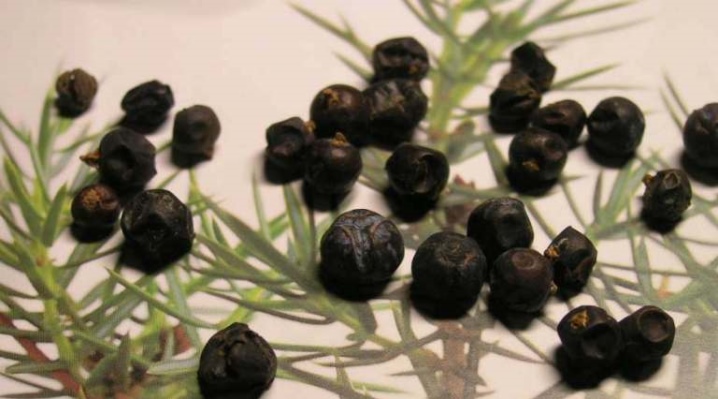
Ready-made juniper seedlings are easier to grow than seeds, but young shrubs cost a lot of money, and they are rarely adapted to the conditions of a particular region. A cheaper and more reliable way to propagate a juniper is to grow from seeds. Of course, this method will take more time, but as a result, the gardener is more likely to receive healthy plants.
Peculiarities
In nature, culture is almost always propagated by seeds. But the seeds cannot boast of promising germination, so the process of developing a new shrub is quite lengthy. Due to this in some areas this plant is protected by law, but juniper cones can be harvested anywhere without breaking the law.


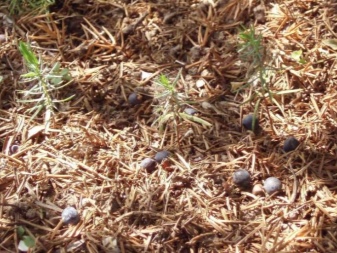
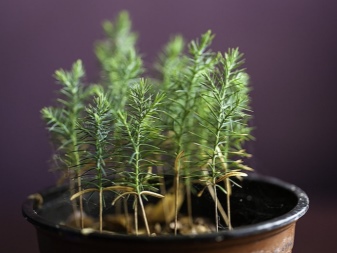
At home, by germinating seeds, it is possible to grow not all varieties; most often, seeds of ordinary and Cossack types of juniper are used for this. This method of reproduction loses varietal characteristics, and therefore it is customary to use vegetative breeding methods. The grown shoots are allowed to be used for the stock. Often the bush becomes the main decoration of landscape design, for example, it can be used to create a hedge.
Unlike a juniper grown from a ready-made sprout, a specimen propagated by seeds has longevity, endurance, and unpretentiousness to the conditions of detention.
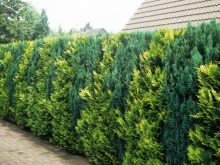
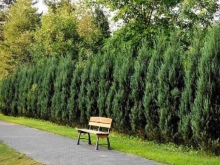
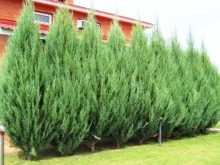
When to plant?
The seeds are obtained from juniper cones. These fruits are outwardly similar to berries. After pollination, the cones mature for two years. The collection of cones is carried out from the beginning of September to the beginning of November. To collect them, you can lay a sheet under the bush and gently shake the trunk. - the cones fall off the branches easily. The planting itself in a container is also carried out in the autumn, in October or November.
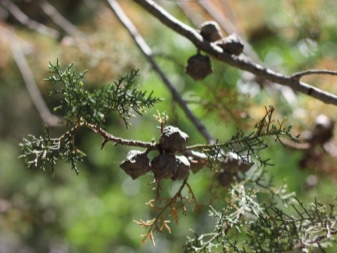
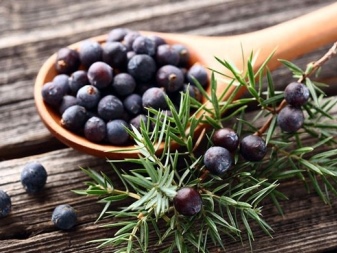
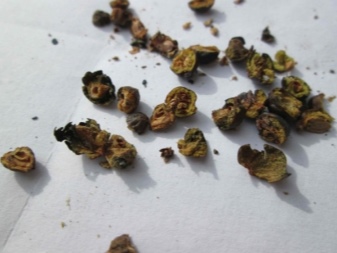

Preparation
Seeds can be planted in open ground or in pots, but can only be transplanted to a permanent site at 3-5 years of age. During this period, the seedling must be carefully looked after, and therefore it is more convenient to germinate the seed in a container, and then leave it to ripen under a shelter.
To plant seeds, containers or crates will do. As a substrate, you can use a compound of sand and peat in equal proportions, you can add sphagnum. Some gardeners advise supplementing the mixture with soil from under an adult bush. - it will stimulate the growth of the root system due to the content in the composition of special mushrooms.
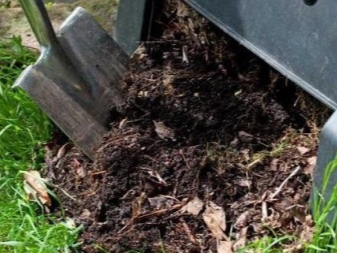
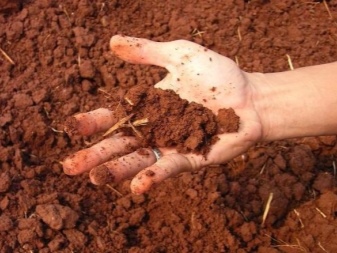
To extract the seeds, the cones are placed in water or a weak acidic solution, then they are ground, the seeds are taken out, dried well and sent to a cool dry place or immediately prepared for planting.
An important stage in seed preparation is their stratification. The process involves hardening the planting material for more successful adaptation to new conditions; for this, you can use a refrigerator or a container that is placed under the snow. The residence time of seeds in conditions of negative temperatures should be 3-4 months - the process of stratification significantly increases their germination.
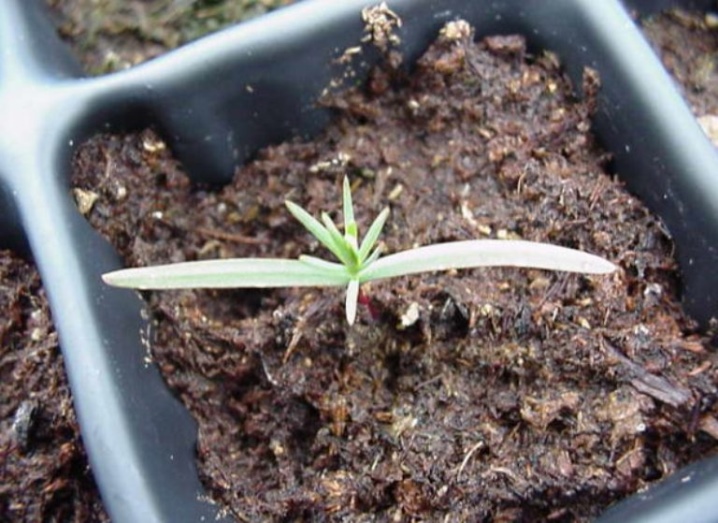
Step by step technology
The step-by-step process of planting juniper seeds is as follows:
- in the prepared soil on the site or in the container, sow to a depth of 15-18 mm;
- the recommended gap between two grains is 2-3 cm, between rows - 5-7 cm;
- sprinkle the seeds with a mixture of peat and sand, and experienced gardeners recommend using coniferous litter;
- water the landing site;
- place the seedling boxes in a bright place and leave at a temperature of + 18 ... 20 degrees Celsius;
- within a month, the sprouts will begin to hatch.
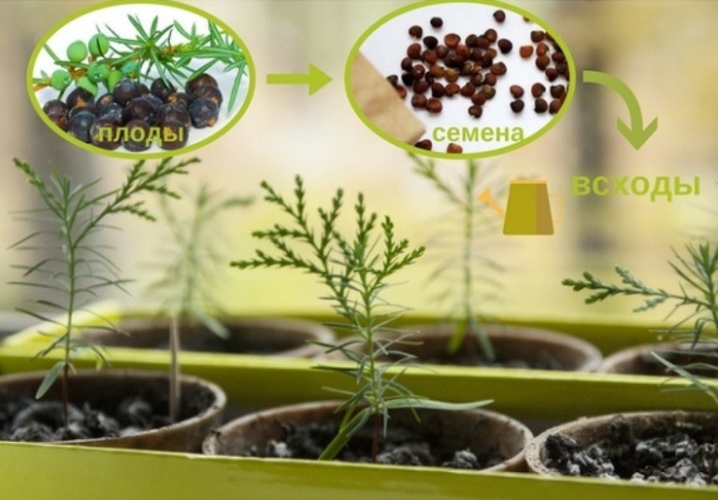
Follow-up care
The shoots are kept in the seedling container for at least 3 years. All this time, the plant needs proper care. Seedlings are not kept in the shade, otherwise their development will be slowed down. You can take the pots outside.
It is recommended for the grower to maintain a moderate soil moisture. It is necessary to regularly loosen the soil and remove small weeds. The seedlings will feel good on the glassed-in balcony, but it is important to maintain the temperature at a level not lower than + 10 ... 12 degrees Celsius. It is believed that the culture is very fond of fresh air, therefore it is often necessary to ventilate the room where the seedlings are located. The sprouts do not need special fertilizers.
You need to water the seedlings regularly, sometimes you can spray the plants, but very carefully, avoiding stagnation of moisture.
If a plant from seeds is grown in open ground, then for the winter it needs to be insulated with peat, spruce paws or agrotex. Seedlings in containers for the winter are hidden in the basement or on the veranda at a temperature of at least -10 degrees. In the spring, the protection is gradually removed - it is impossible to delay this process, to avoid moisture and heat rot.

Transfer to a permanent place
As already mentioned, planting a bush grown from seeds, a permanent place can be at least 3 years of age. It is recommended to carry out the procedure on a cool day. The culture prefers to grow on sandy, calcareous, moist and breathable soils. Do not forget to keep an earthen lump when transplanting and leave a gap of at least half a meter between two copies during a group planting. Let's consider the transplant process step by step.
- Dig a hole with a diameter that is 2 times wider than the root system of the shoot.
- A couple of weeks before planting, arrange drainage with a layer of 15-20 cm. You can use broken brick and sand.
- Prepare a nutrient mixture. You can combine peat, sand and turf soil in proportions of 2: 1: 1, respectively, and add 200 g of nitroammophoska. Fill 2/3 of the hole with this compound.
- When the mixture settles (after 2 weeks), you can start planting. Place the seedling in the hole so that the root collar rises slightly above the ground.
- Fill the empty space with leftover soil without fertilization.
- Moisten the stem circle thoroughly. When the water is absorbed, mulch the planting site.
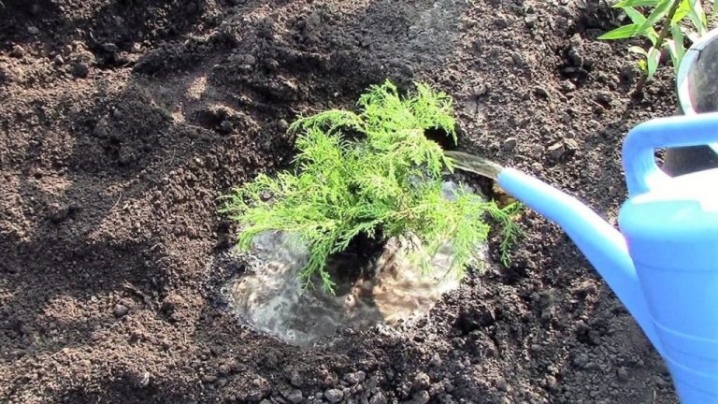
From the second spring, the sprouts begin to feed. The first time this is done in May-June, special mixtures for conifers are suitable for starting fertilization. The complex is scattered around the shoot, slightly loosened the ground and moistened. And also the plant needs feeding in the middle or late summer.
Manure and poultry manure, widespread in agronomy, cannot be used as fertilizer for this crop, since an excessive amount of nitrogen can provoke the death of a bush. Young plants are watered in small portions in the morning; in the fall, it is recommended to increase the portion of water.

Diseases
This culture poorly tolerates disease damage. Even specimens that have managed to germinate from seeds are not always able to avoid this fate. The most common ailments of juniper are rust, wilting of branches, sunburn. Often the plant becomes a victim various fungi.
Usually, these diseases occur in a rainy and cool summer, so gardeners are advised to take care of prevention during this period. So, to prevent diseases, you can use the means "Fitosporin", "Topsin M", "HOM".
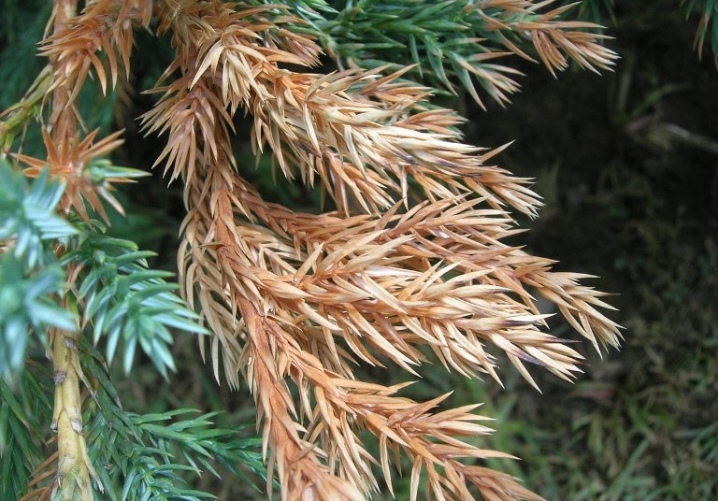
Growing conifers from seeds is described in detail in the video below.



































































The comment was sent successfully.